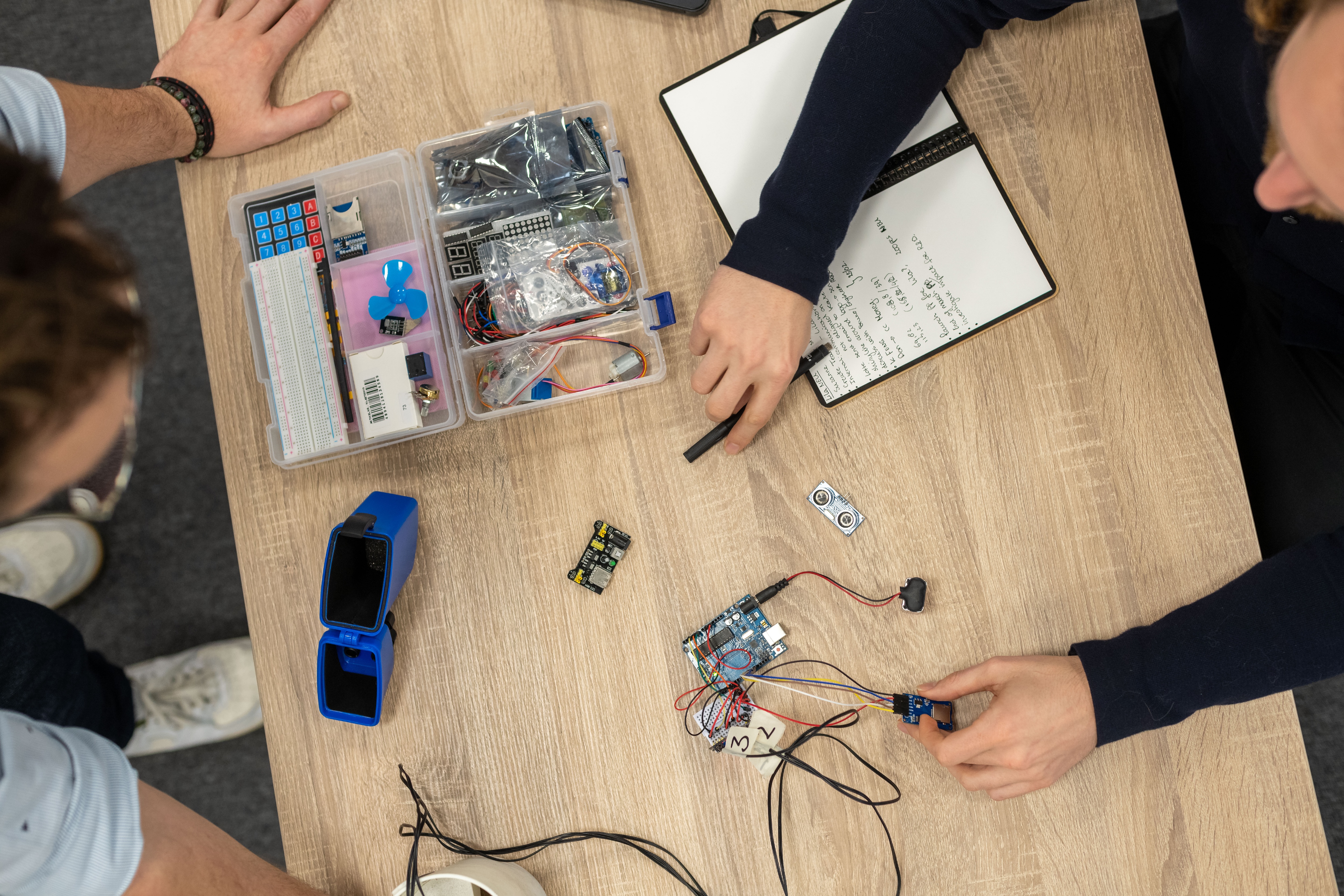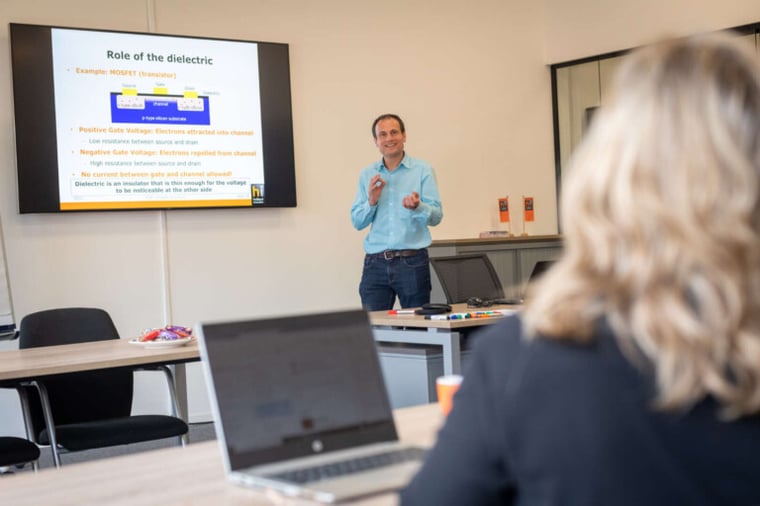Everyone will have a few examples of this: products that are super well-conceived and beautifully designed, contain all the necessary quality features but in practice they still underperform. With a gadget, it is relatively easy to step over it, but with larger and more expensive machines it is simply unacceptable. The difference between quality and reliability -or guaranteed performance over a longer period of time – is essential in the high-tech manufacturing industry. That’s why it’s so amazing that most of the representatives of this sector are still paying very little attention to it. Often only a handful of reliability experts are available in companies with thousands of employees; only a few colleagues are responsible for a task that a company can make or break.
Ronald Schop and Coen Smits, reliability specialists at Holland Innovative (HI), can tell about the problem from their abundant experience. They often take action after a company has discovered that the reliability of one of their products is not what it should be and wants HI to find out the source of the problem. But at least as often they are hired – for example just before the introduction of a new product line – to ‘prove’ that a product is reliable. “Sometimes we can start at the front, but on other occasions, they have a bigger problem,” says Coen Smits. “In the latter case, there is a lot of pressure involved. Especially when the time to market is short, there is a greater chance of tension in such a project.”
If it has to be demonstrated that a product or process is really reliable, HI carries out the back-to-back control. “First we have to find out what we have to test for.”, Coen Smits says. “Often something turns out to be wrong with the requirements at the very beginning, or something has changed somewhere in between, causing deviations to occur. It also occurs that a supplier doesn’t have things in order because indeed, reliability extends beyond the walls of your own company. These are always exciting journeys: you’re helping the customer to discover something he hasn’t thought of yet.”
One of the methods usually used by HI in case of field issues is that of Root Cause Analysis: step by step finding out what the root of evil is and where it can be located. Smits: “Of course, we use our common sense, but we cannot do our job without methods like statistical engineering and data analysis. We tackle everything that is needed to determine the cause. In order to do this, you need to know as specifically as possible where the problem occurs, and then it helps if we can examine the very worst version of the product. Is there a version of it where really everything went wrong? We then compare this with a product that does meet all the conditions, and from there we take a good look at the production of both examples. We look at the material, at the handling in the transport, or the treatment at the client’s site, constantly looking for striking differences in order to quickly exclude all aspects that do not contain the problem. At some point, you will automatically come across one or more deviations that are the cause of the problem.”
Data is essential in the entire process and Holland Innovative never relies on the accuracy of the information provided by the client. “We always ask questions, go and see for ourselves, throw calculations at it, ask if the customer himself can calculate it again. Very often, we bump into a surprise – surprises are always a good signal to us that we are approaching”.

There are a few important conditions before Holland Innovative starts a root-cause analysis (or problem-solving) process with a customer. Smits: “In theory, the product should at least work. That sounds logical, but to be on the safe side, we always ask whether a good version of the product has ever been made. If not, we have no business there for Root Cause Analysis; the customer will just have to go back to the drawing board first.” So, there must at least be a concrete, demonstrable technical problem. “Look, if a product is malfunctioning because someone has seated on top of it during transport, we can’t do much with it either. In short: I need at least one very good and one very bad version. Then we can get on with it.”
Ronald Schop has already helped many dozens of companies on their way with their relief challenges, but time and again he is amazed at the extent to which this theme is a blind spot in most companies in the high-tech manufacturing industry. “They remain stuck at the level of quality, without making the leap to reliability. How long does it last, what can go wrong, these are the questions they don’t dare to ask themselves often enough.” Yet it is precisely this question that can give a company’s reliability status an enormous boost, something that is essential for both their image and their business.
Besides the fieldwork – solving concrete problems at a customer’s site or the help that can be offered for improving the general reliability of a new product line – HI is also continuously training the market. Which is visible on two levels, Ronald Schop says. “First of all, we are always making clear what reliability really is and why it is an essential factor for every company in our sector. But in addition, our HI-academy also provides specific training and workshops, so that companies can start working with reliability themselves from then on. Both aspects are important, but you’ll be amazed at how many times we still have to take that first step. Sometimes we feel like missionaries.”
HI has a lot of contact with Michael Pecht, an American professor who is an expert in the field of reliability research. “When you hear him speak about our field of expertise, you realize how far away most European companies are from the ideal situation. He states that at least 10 to 15% of your personnel in product development should work on reliability. Companies like Samsung, Amazon, and Apple consider this a no-brainer, and rightly so.”




.jpg?width=200&name=Holland%20Innovative%20summer%20academy%20-%20Project%20Management%20Masterclass%202%20(2).jpg)